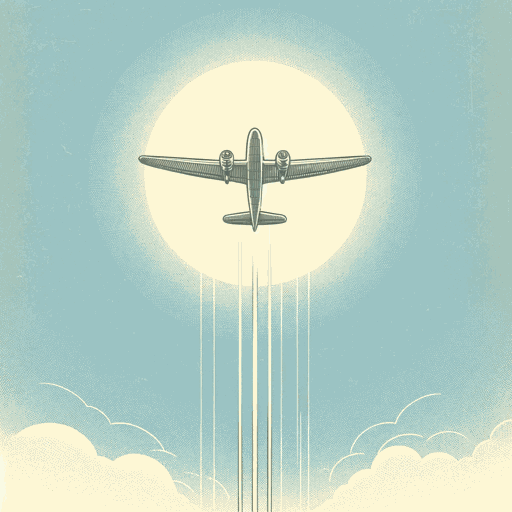18 pages • 36 minutes read
John Gillespie Magee, Jr.High Flight
Fiction | Poem | Adult | Published in 1942A modern alternative to SparkNotes and CliffsNotes, SuperSummary offers high-quality Study Guides with detailed chapter summaries and analysis of major themes, characters, and more.
Themes
The Power of Romantic Awe
In many ways, “High Flight” can be seen as a poem written in the Romantic tradition of poetry, as it celebrates the beauty of nature and touches on the sublime. For the Romantics, the sublime was an extraordinary experience that often took place in a natural setting, inspiring emotions of awe. John Gillespie Magee Jr.’s poem is made more modern by its use of an airplane as the vehicle for this experience, but the poem’s speaker still undergoes a sense of the sublime through reaching the heights of the sky.
The emphasis on nature is prominent as the plane “dance[s] the skies” (Line 2) and the poet is transfixed by moving “[s]unward” (Line 3). When the pilot describes their surroundings, the language that is used is that of exaltation. They join the “tumbling mirth / of sun-split clouds” (Lines 3-4) and admire the “footless halls of air” (Line 8) before gliding into the “delirious, burning blue” (Line 9). This focus on beauty culminates in the description of “the wind-swept heights” (Line 10) the plane reaches. Through the unique experience of the pilot’s ascension to such high altitudes, the natural landscape of the air is depicted as extraordinary.
This causes the pilot to recognize the moment of their climb as sublime.

